3. Planning and Implementation of Participation with Stakeholders: - The company has established guidelines for creating participation with stakeholders. Including guidelines for sustainability operations to appropriately meet expectations that are different for each stakeholder group. As shown in the table below:
Stakeholders and SDGs
MTC Value Chain
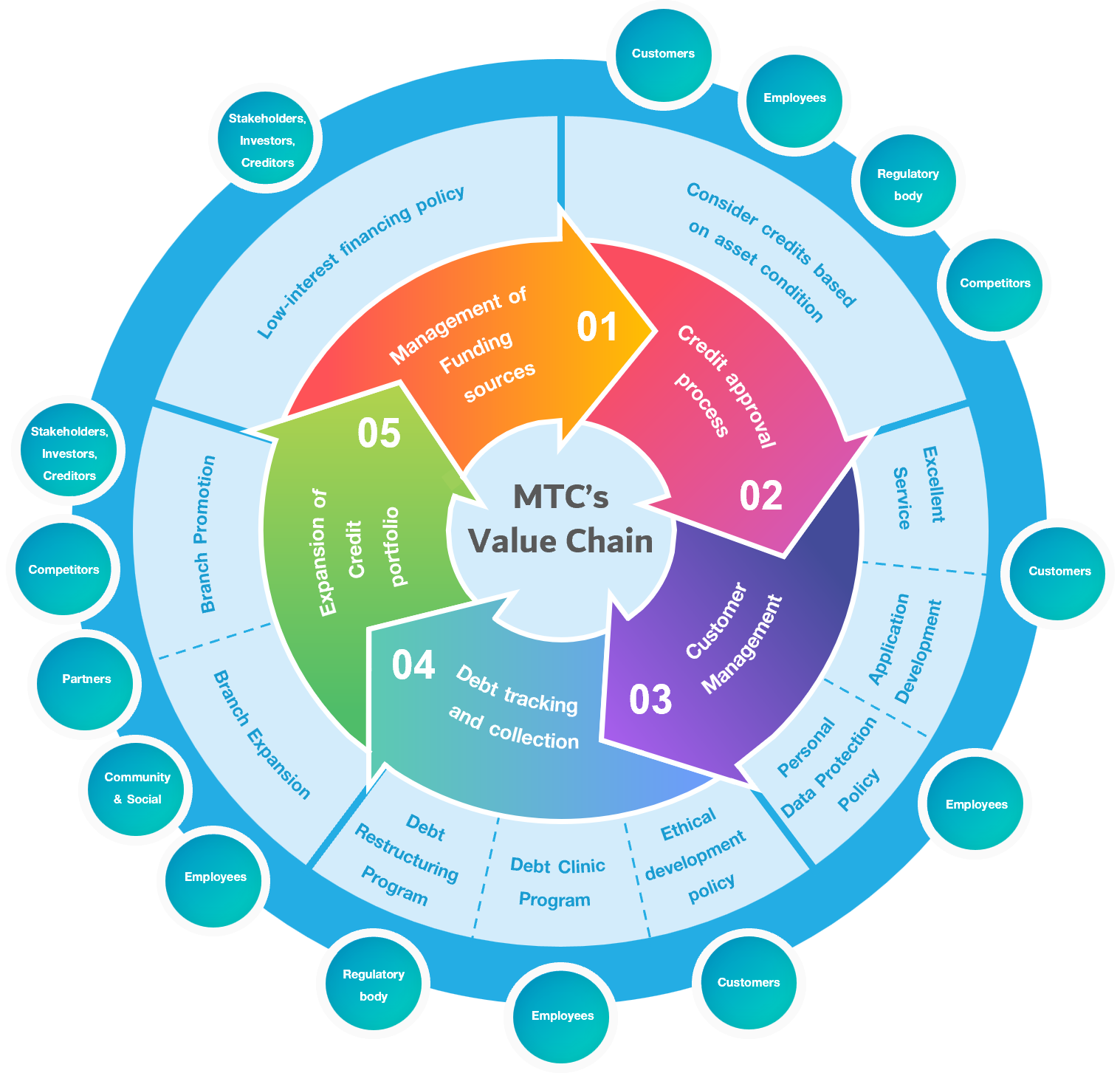
The Company's business operations focus on providing credit services to customers with efficiency. Therefore, stakeholders have been determined based on the value chain, which consists of 5 main processes, namely:
1. Management of funding sources The company has a process for sourcing low-interest funding from multiple financial institutions to adequately support business growth.
2. Credit approval process Loans are assessed through property-based credit assessment methods instead of using customer income or credit bureau data to increase the likelihood of accessing credit sources.
3. Customer managementThere is a policy on the development of industry ethics, including training on procedures for tracking and collecting debts that are correct according to the requirements of relevant agencies. The preparation of the Debt Clinic Project, and the BoT's Fah Som Project to provide customers with financial liquidity and reduce bad debt problems that arise.
4. Debt tracking and collection There is a policy on the development of industry ethics, including training on procedures for tracking and collecting debts that are correct according to the requirements of relevant agencies. The preparation of the Debt Clinic Project, and the BoT's Fah Som Project to provide customers with financial liquidity and reduce bad debt problems that arise.
5. Expansion of credit portfolio There is a process to maintain the existing customer base and increase the new customer base by opening more branches to cover all areas of the country, including upgrading the branch status to support and service customers efficiently.
Stakeholder Engagement
Engaging with stakeholders enables the company to understand their expectations and needs , which helps the company determine issues related to business operations, which is considered one way to drive sustainable development. as well as knowing the impact that the company has on stakeholders. The company has guidelines for managing stakeholders, as follows:
1. Stakeholder identification - The company will consider individuals, groups of people, or agencies that can create an impact or be affected by the organization's operations in various participatory ways, such as dependency, responsibility, and Influence. The company divides important stakeholders into 7 groups as follows:
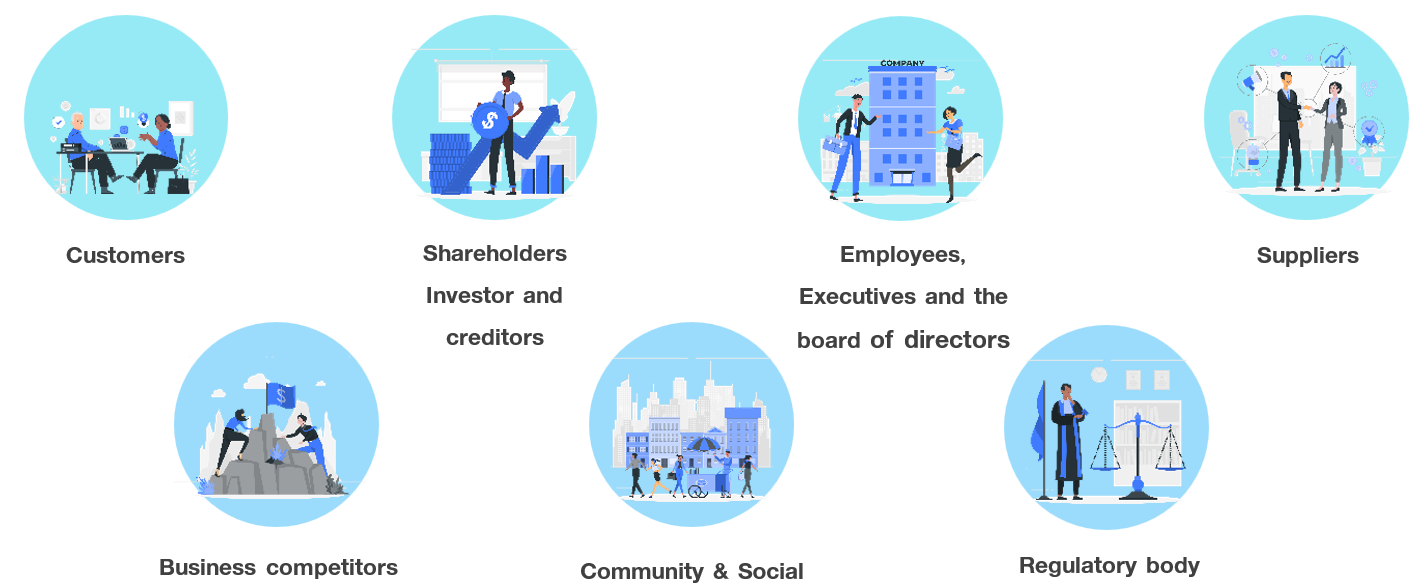
2. Stakeholder Prioritization - The company prioritizes stakeholders using guidelines for considering their influence and interest in the company's operations. By specifying the stakeholder matrix as follows:
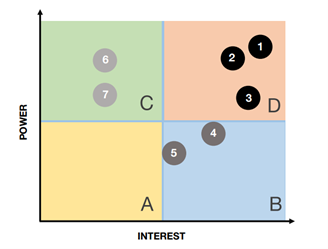
The first 3 groups of stakeholders that the company gives importance to are Customers shareholders/investors/creditors, and Employees/Executives/Board of Directors.
| Stakeholders | Engagement | Expectation/Demands | Approaches for the operation |
|---|---|---|---|
Customers |
- MTC Call Center 1455 - Walk-in to customers service banches - Facebook: Muangthai Capital - Line-Official: @Muangthaicapital - Call center - Application 4.0 - Customer satisfaction survey |
- Fast credit approval process - Approved credit limit is appropriate. - There are convenient and fast payment methods. - Reduce interest rate/fees - Customer privacy protection |
- Consider ESG throughout the loan approval process. - Expand branches to increase access to services. - Create a positive customer experience through excellent, inclusive and equitable service. - Respect customers' satisfaction, rights and privacy. |
Shareholders Investor and creditors |
- Annual General Meeting of shareholders (1 time per year) - Communicate through the stock exchange (Regular) - Opportunity Day (once in 3 months) |
- Consistenly good performance - Goog corperate Governance - To be a stable, transparent and sustainable organization |
- Review and adjust strategies to suit the situation. - Good corporate governance - Manage risks in a concrete and efficient manner. |
Employees, Executives and the board of directors |
- Meeting (Once a month) - Company’s website - Notification/Order - Employee’s satisfaction questionare - Company’s whistleblowing system - MTC Forum |
- Good working environment - Appropriate compensation and benefits - Good relationship between colleagues and supervisors. - Have balance between work and personal life |
- Keep the workplace clean and tidy. - Build a strong company culture. - Adhere to human rights principles. - Human resource development within the organization |
Suppliers |
- Email (Annual) - Site-Visit (Once a year) - Suppliers Assessment |
- Collaborate in various operations for maximum benefits - Standard evaluation and selection criteria |
- Supply chain management taking into account the impact on ESG - Determine the fair payment period for partners. |
Business competitors |
- Meeting of the car registration business trade association - Meeting of the personal loan business club |
- Fair competition - Industrial upgrading together - Cooperate with associations/trade clubs of car registration/complying with the regulations of regulatory body |
- Cooperation with the car registration lenders trade associations to jointly upgrade the industry |
Community and Social |
- Social Operation |
- Take responsibility for community health and safety. - Consider the impact on society and the environment. - Strictly comply with the law |
- Creating engagement between the company with the community through the CSR projects. - Conduct business with concern for society and the environment |
Regulatory bodies (Bank of Thailand/Office of the Consumer Protection Board/Public Debt Management Policy and Supervision) |
- Email (Annual) - Meeting through trade associations/clubs for car registration/personal loan operators - Visit (once per 2 years) |
- Support policies and comply with appropriate rules (or exceeds the limit) - Mangement with honesty - Improve operational processes to be in line with policies and regulations |
- Cooperation with regulatory body to upgrade the industry |
Sustainable Materiality
Comprising of the following 4 steps:
Identification Review of 2022 sustainability issues. Compare with international sustainable issues. Consider the issues that affect all the stakeholders. Discuss the issues with the relevant stakeholders.
Prioritization Analyze and consider information gathered from discussions with all stakeholders, prioritizing sustainability issues based on their impact on the company and stakeholders.
Validation Summarize the priorities of sustainability issues for the executive committee to consider the accuracy of sustainability issues. For acknowledgement and comments to bring sustainability issues to the public.
Review Review processes and key sustainability data after publishing the report to all stakeholders to receive their opinions and suggestions for further improvement of the report.
Materiality Assessment Result
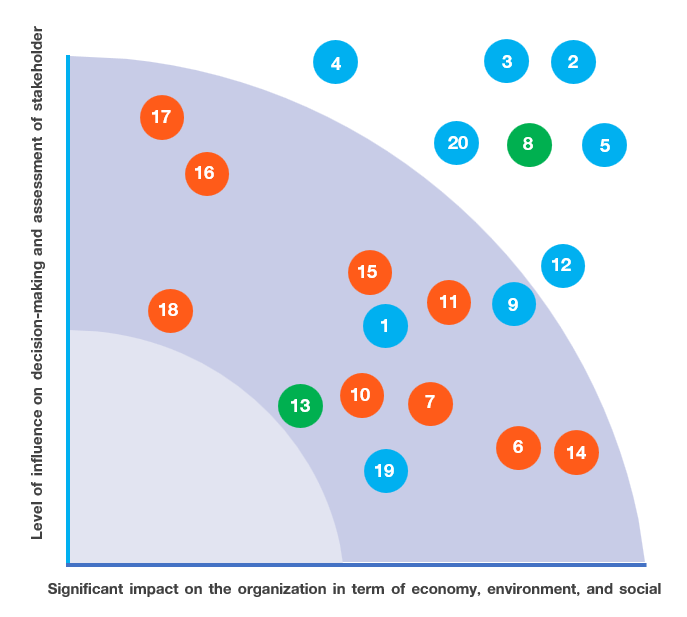
Governance
1.
Understanding of sustainable development
2.
Good Governance
3.
Risk Management
4.
Meeting stakeholder expectations
5.
Anti-corruption
9.
Development of ESG performance to international level
12.
Provide funding sources
19.
Supplier Management
20.
Data Privacy & Cybersecurity
Social
6.
Employee management
7.
Corporate Social Responsibility
10.
Employee Satisfaction
11.
Customer Satisfaction
14.
Employee Development
15.
Development of financial products
16.
Disclosure
17.
Human Right
18.
Occupational Health & Safety
Environment
8.
Air Pollution, GHG emission
13.
Resources efficiency
Progress of performance towards sustainability
The Company has identified 20 important issues and goals for sustainable development as follows:
Economic
1. Understanding of sustainable development
Target
100%
Build understanding across the organization
Result
85%
2. Good corporate governance
Target
100%
Disclose operating results transparently
Result
100%
3. Risk Management
Target
100%
Covering all dimensions
Result
100%
4. Meeting stakeholder expectations
Target
100%
Covering every group
Result
100%
5. Anti-corruption
Target
0
Corruption
Result
0
9. Development of ESG performance to international level
Target
60%
Every scope together
Result
76%
12. Provide funding sources
Target
100%
Not affect to liquidity
Result
100%
19. Suppliers Management
Target
100%
Critical Tier 1 Suppliers Assessment
Result
100%
20. Data Privacy & Cybersecurity
Target
0
Significant Cyber Incidents
Result
0
Social
6. Employee management
Target
16%
Resignation rate
Result
12%
7. Promote social project (CSR)
Target
60,000 persons
The beneficiaries from the project
Result
68,460 persons
10. Employee Satisfaction
Target
80%
Satisfaction assessment
Result
84.68%
11. Customer Satisfaction
Target
80%
Satisfaction assessment
Result
80.59%
14. Employee development
Target
6 hours
Training hours per person
Result
11 hours
15. Development of financial products
Target
100%
Develop products to meet the needs of customers
Result
80%
16. Disclosure
Target
100%
Disclose information in accordance with international standards
Result
100%
17. Human Rights
Target
0 incident
Incidents of human rights violations
Result
0 incident
18. Occupational Health & Safety
Target
0 injury
Lost Time Injury
Result
30 incident
Environment
8. Air pollution GHG emissions
Target
Decreases 10%
Compare to loan
Result
Increase 13.23%
13. Use resources efficiency
Target
Decrease 10%
Intensity of GHG emission
Intensity
Decrease 4.71%
Sustainability Issues
| Sustainability issues | Stakeholders | Details | Impacts | SDGs |
|---|---|---|---|---|
1. Understanding of sustainable organizational development of personnel in the organization |
employees/ executives board of directors/ committees |
Sustainable organization development. |
- The operations in the organization are going in the same direction. |


|
2. Good corporate governance |
employees/ executives board of directors/ committees |
Corporate governance process. |
- Competitive ability and adaptation under the changing factors. |


|
3. Risk management |
customers/ employees/ executives board of directors/ committees/ shareholders/ investors/ creditors/ suppliers/ business competitors/ community and society/ regulatory body |
Risk management |
- Helps the organization to achieve its goals, including reducing obstacles in work. |


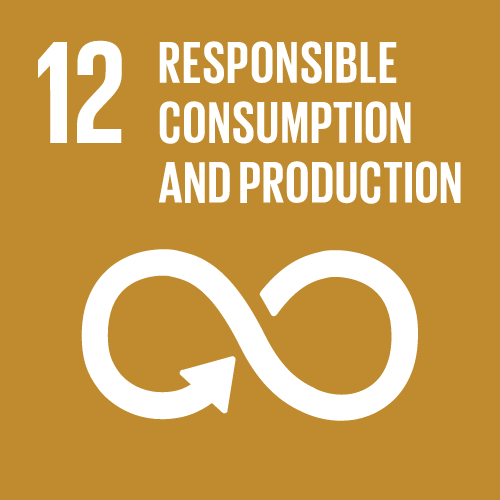
|
4. Meeting stakeholder expectations |
customers/ employees/ executives board of directors/ committees/ shareholders/ investors/ creditors/ suppliers/ business competitors/ community and society/ regulatory body |
Stakeholders management |
- Able to define business-related issues - Acknowledge the impact that the company has on stakeholders. |



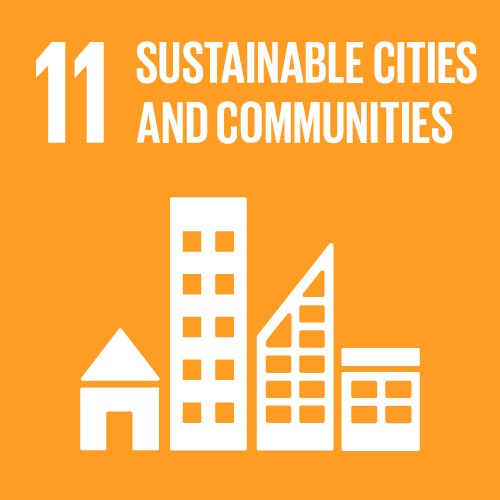

|
5. Anti-corruption |
employees/ executives board of directors/ committees/ shareholders/ investors/ creditors/ suppliers / regulatory body |
Anti-corruption |
- Operate business with transparency and fairness to build investor confidence. |

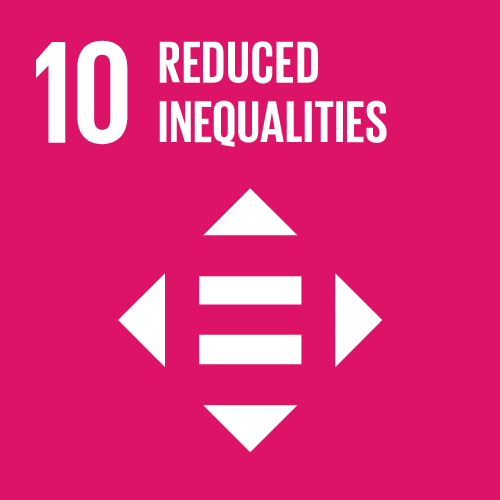

|
6. Employee management |
employees/ executives board of directors/ committees |
Human resource management |
- Able to conduct business efficiently. |


|
7. Corporate Social Responsibility |
customers/ employees/ executives board of directors/ committees/ shareholders/ investors/ creditors/ suppliers / business competitors/ community and society/ regulatory body |
Social operations / CSR |
- Create shared values with society - Enhance the quality of life for the community |
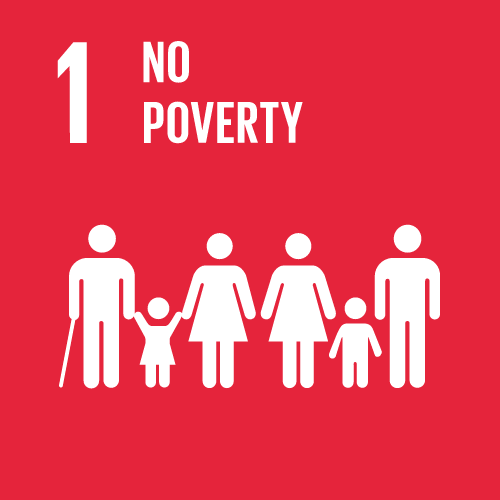


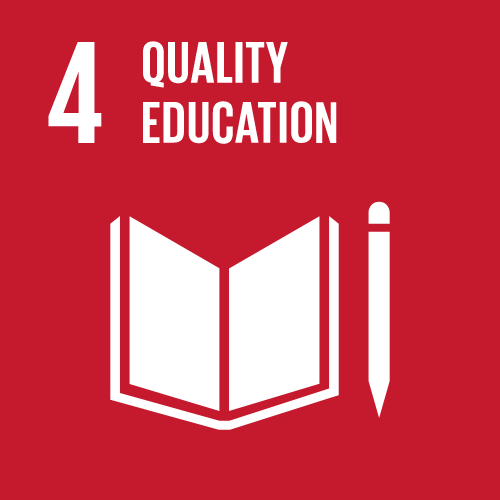
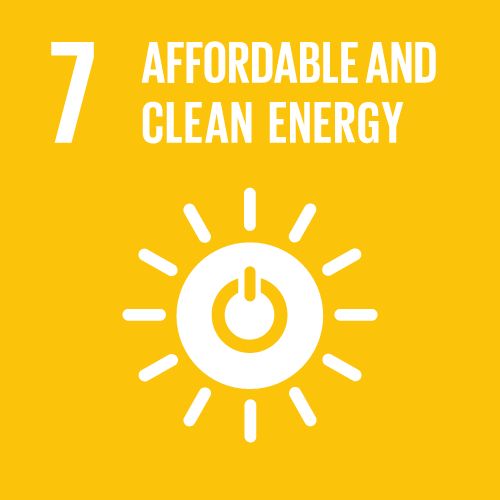
|
8. Air pollution, greenhouse gas emissions |
ommunity and society |
Environmental operations |
- Reduce carbon emissions into the atmosphere |
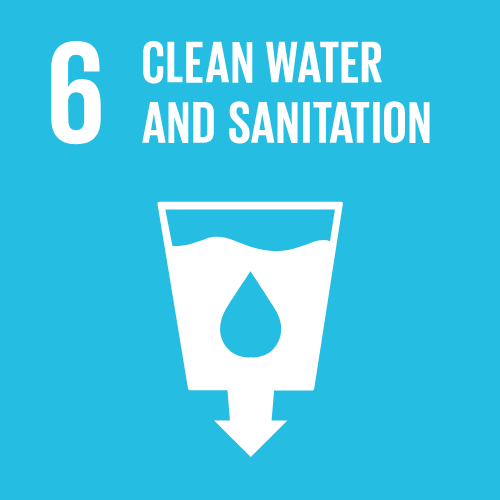
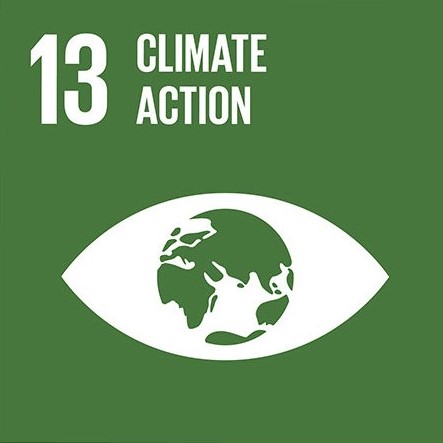
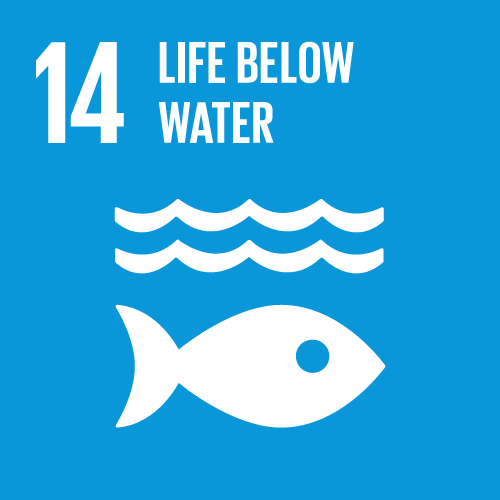
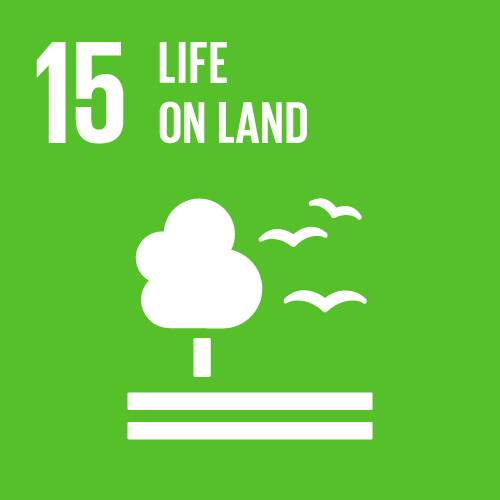
|
9. Development of ESG performance to international level |
employees/ executives board of directors/ committees/ shareholders/ investors/ suppliers |
Policy and strategic framework for operations |
- Develop operational processes towards the sustainability |



|
10. Employee Satisfaction |
employees/ executives board of directors/ committees |
MTC employees satisfaction |
- Improve compensation, welfare |




|
11. Customer Satisfaction |
customers |
MTC customers satisfaction |
- Improve operational processes and products |




|
12. Provide funding sources |
employees/ executives board of directors/ committees/ shareholders/ investors/ creditors/regulatory body |
Policies and guidelines on stakeholders |
- Reduce the risk of liquidity shortages. |



|
13. Resources efficiently |
employees/ executives board of directors/ committees/ business partners/ community and society |
Effective resource management policy |
- Utilize resources wisely. |



|
14. Employee Development |
employees/ executives board of directors/ committees |
Employees training and development |
- Increase the potential of personnel within the organization |


|
15. Development of financial products |
customers/ employees/ executives board of directors/ committees/ shareholders/ investors/ business competitors/ regulatory body |
Business innovations for society and the environment |
- Drive business towards growth Including building the ability to compete. |



|
16. Disclosure |
customers/ employees/ executives board of directors/ committees/ shareholders/ investors/ creditors/ suppliers / business competitors/ regulatory body |
Public disclosure |
- Operate business with transparency and fairness to build investor confidence |


|
17. Human Rights |
customers/ employees/ executives board of directors/ committees/ shareholders/ investors/ creditors/ supplier/ business competitors/ community and society |
Implementation of human rights in the organization |
- Reduce conflicts that may have a continuing impact on business operations. |
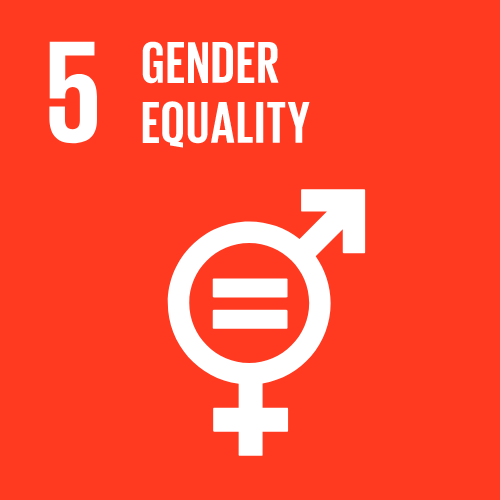


|
18. Occupational health & Safety |
employees/ executives board of directors/ committees |
Raise an awareness of safety in work |
- Safety in work throughout the process of operation. |

|
19. Suppliers Management |
suppliers |
Suppliers Management |
- Prevent interruptions in the organization's business operations. |


|
20. Data Privacy & Cybersecurity |
employees/ executives board of directors/ committees / customer/ suppliers/ regulatory body |
Data privacy & cybersecurity |
- Personal information is effectively regulated |

|


